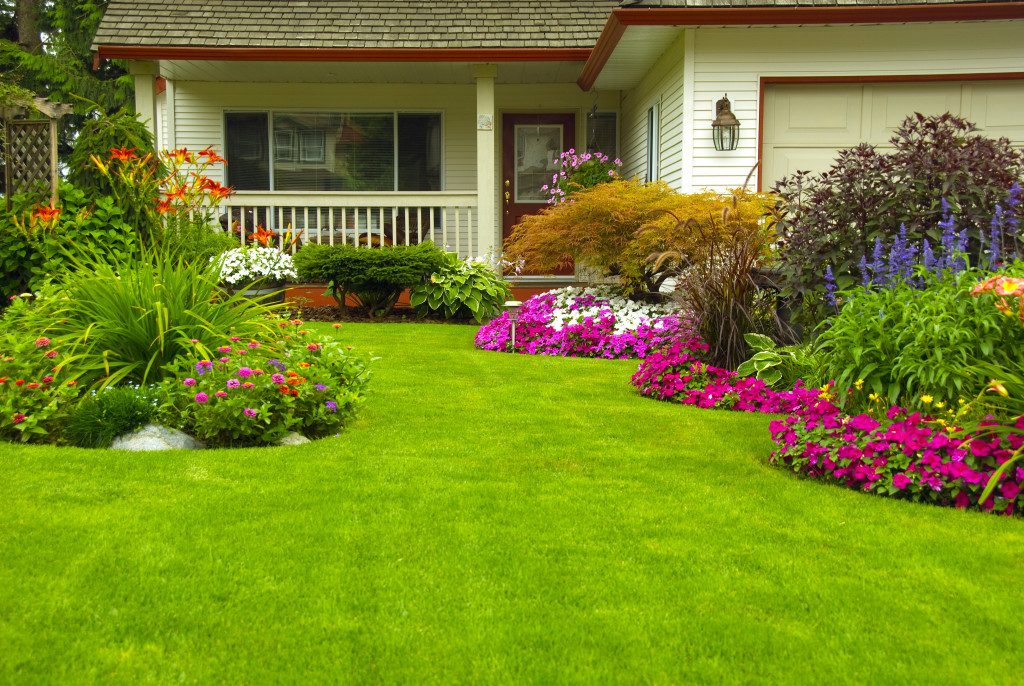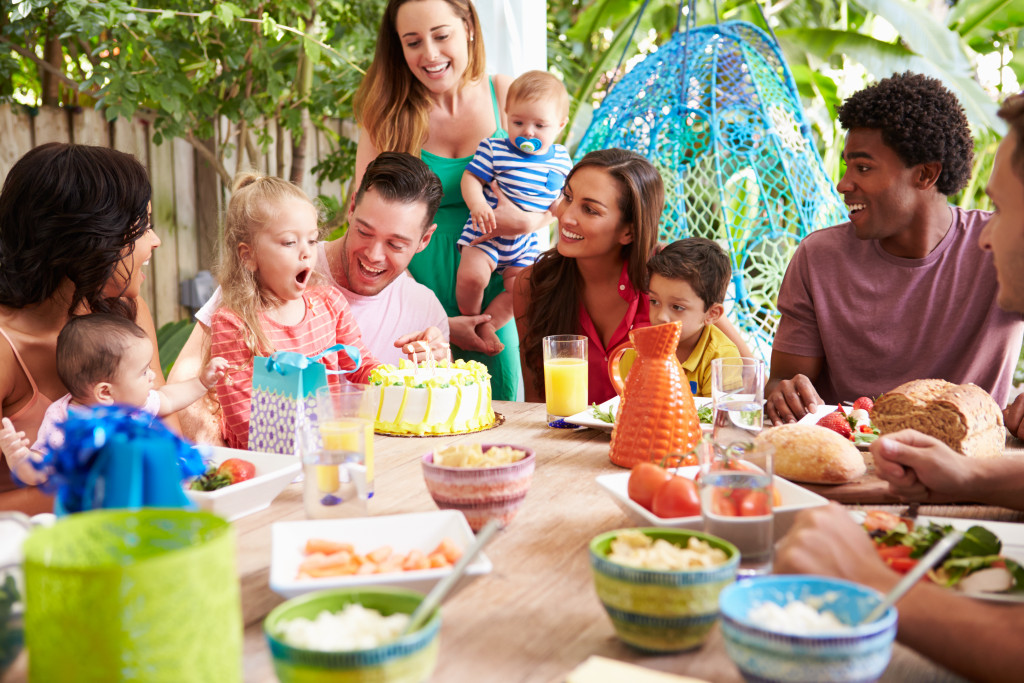If you’re like most people, you probably spend most of your time indoors. And while there’s nothing wrong with that, sometimes it’s nice to get outside and enjoy the fresh air. If you’re looking for a way to make the most of your outdoor space, here are six smart strategies to help you get started:
1. Define Your Space
The first step is to look at your outdoor space and decide what you want to use it for. Do you want a place to relax? A place to entertain guests? A place for the kids to play? Once you have a clear idea of how you want to use your space, you can start planning accordingly.
Here are a few things to keep in mind as you define your space:
- How much space do you have to work with?
- What is the sun exposure like?
- What is the wind exposure like?
- What is the terrain like?
2. Create a Focal Point
Your outdoor space should have a focal point — something that immediately catches the eye and draws people in. For example, oak pergolas make an excellent focal point. They’re tall, stately, and can be used to frame other elements in your space. With the right kind of lighting, they can even be used to create a dramatic and romantic ambiance.
To make your space feel more cohesive, try to use a focal point that ties in with the style of your home. For example, if you have a traditional home, you might want to use a classic fountain as your focal point. You might want to use a modern sculpture if you have a more contemporary home.
3. Choose the Right Furniture
You’ll also need to choose the right furniture for your space. The type of furniture you choose will depend on how you plan to use your space. For example, if you want a place to relax, you want to choose comfortable chairs and sofas. You can choose a more formal dining set if you want a place to entertain guests.
When choosing furniture, it’s also important to consider the climate. If you live in an area with hot summers, you’ll want to choose materials that won’t get too hot, like wicker or metal. If you live in an area with cold winters, you might want to choose materials that can withstand the elements, like teak.

4. Think About Lighting
Lighting is another important element to consider when designing your outdoor space. You’ll need to think about both functional and accent lighting. Functional lighting will help you see at night, while accent lighting can be used to highlight certain features or create a certain mood.
String lights are a popular outdoor lighting option because they are inexpensive and simple to install. However, they can also be a bit of a fire hazard, so be sure to use them with caution. If you want something more permanent, you can consider installing solar-powered or low-voltage lights.
5. Add Some Greenery
No outdoor space is complete without some greenery. Plants can help to soften hard edges, provide privacy, and even help to cool your space. If you don’t have a lot of green space, you can still add some plants by hanging them from the ceiling or placing them in pots.
You can also use plants to create different zones in your outdoor space. For example, you can use taller plants to create a natural privacy screen or border around your seating area. Or, you can use lower-growing plants as ground cover around your pool.
6. Create Different Zones
Last but not least, you’ll want to create different zones in your outdoor space. This will help you make the most of the space and ensure that there’s a place for everything. For example, you might want to create a seating area, a dining area, and a play area. You can use furniture, plants, and lighting to create these different zones.
You can also use zoning to define different areas for different activities. For example, you might want a quiet reading nook in one corner and a lively conversation area in another. This can help to make your outdoor space more versatile and inviting. Also, by defining these different areas, you can help prevent noise pollution and other problems that can occur when people try to do too many things in one space.
There you go! These are just a few things to keep in mind when designing your outdoor space. With a little planning and creativity, you can create an outdoor oasis that you and your family will enjoy for years to come. So get started today and see what you can come up with!



